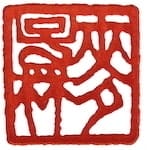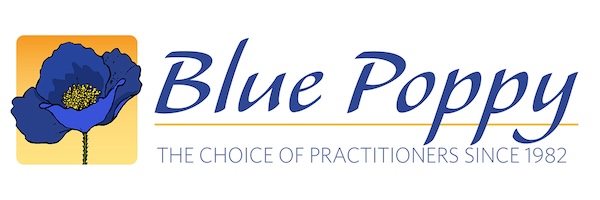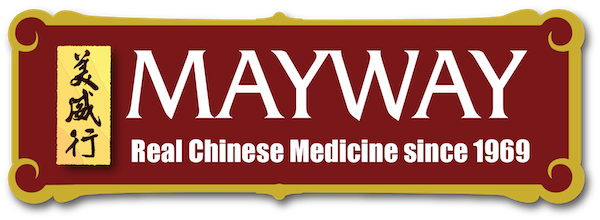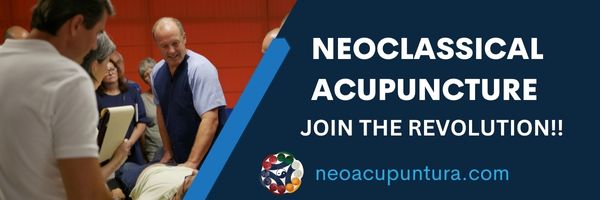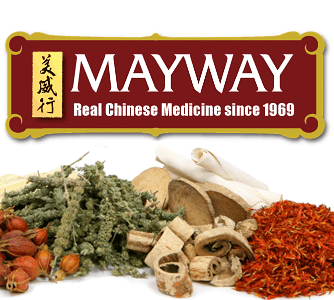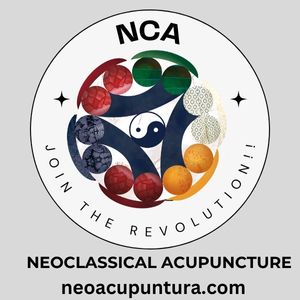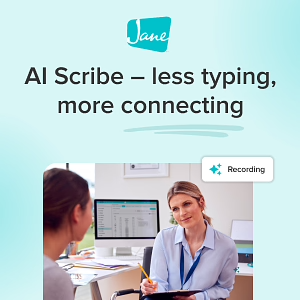Some treasures aren’t just hidden—they’re buried, wrapped in mystery and legend, and waiting for the right moment to surface and return to the world of human affairs. What’s astonishing isn’t just that these Dunhuang scrolls survived—but that they journeyed from caves to libraries, and fell into hands that knew enough to recognize them for what they are: threads of ancient medicine waiting to be rewoven into our present.
In this conversation with Dr. Qiang Cao and Dr. Yun Xiao, we trace the surprising journey of the Wu Zang Lun—an early text attributed to Zhang Zhongjing that was unearthed in the Dunhuang caves and made their way to London and Paris. More surprising are the texts from Korea and Japan that contain the same material. This discussion is part detective story, part historical odyssey, and a glimpse into how older medical cosmologies continue to whisper through the written perspective of doctors of the past.
Listen in as we follow the wandering path of this ancient manuscript, hear the emotional moment of seeing it in person, explore how it connects pulse and physiology, and consider its relevance for clinical practice today.
In This Conversation We Discuss:
- Discovery of the Dunhuang caves and how ancient texts were hidden
- Dr. Cao’s background and accidental discovery of Wu Zang Lun
- The Taoist monk Yueyin and the 1900 uncovering of the “hidden library”
- How the manuscripts spread to London, Paris, and Russia
- Dr. Cao and Xiao’s own research trip to Paris and London to view the manuscripts
- Emotional moments seeing the physical scrolls
- Booklet structure and discovery of pulse diagnosis texts alongside Wu Zang Lun
- Evidence from Korea and Japan that supports the text’s authenticity
- Commentary on the cultural revolution and erasure of traditional foundational knowledge
- Strange poetic descriptions in the text (e.g., Golden Fairy effect of Ze Xie
- Wrap-up reflection on history, discovery, and the role of unearthing hidden wisdom
Ask questions that integrate traditional pattern differentiation with biomedical findings. Interpreting Western diagnostics through the framework of TCM theory can provide deeper clinical insight. This approach is especially valuable for difficult or complex cases where a single perspective may fall short.
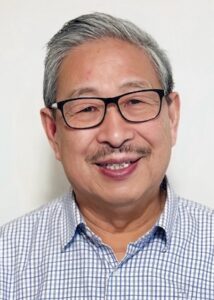 Dr. Qiang Cao, ND, L.Ac
Dr. Qiang Cao, ND, L.Ac
I have been teaching traditional Chinese medicine for over 47 years. I began my career at Shanghai University of TCM in 1977 and moved to the United States in the late 1980s. I co-founded the acupuncture and Oriental medicine program at Bastyr University, where I have taught for 37 years.
My passion for Zhang Zhongjing’s theory began with clinical research in China, where I studied Qing Pi injection to treat conditions such as paroxysmal supraventricular tachycardia, anaphylactic shock, and other types of shock. This work was published in several peer-reviewed journals and was guided by Zhang Zhongjing’s classical principles. Since then, his theory has remained central to my clinical practice as a physician. In the U.S., I have continued teaching the medical classics, including Shang Han Lun in the doctoral program.
Since 2011, I have focused on the Wu Zang Lun from the Dunhuang manuscripts, presenting my research at national and international conferences. In 2024, I published The History and Compilation of Zhang Zhongjing’s Wu Zang Lun.
Start by understanding the patient’s personal health goals, lifestyle, and family dynamics. This patient-centered, holistic approach helps build lasting trust and positions you as a reliable resource for families seeking long-term, integrative care.
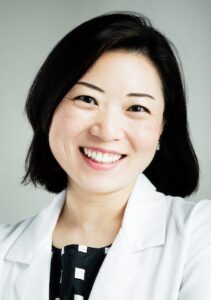 Dr. Yun Xiao, DAc, L.Ac
Dr. Yun Xiao, DAc, L.Ac
I began my medical training at Shanghai University of Traditional Chinese Medicine, graduating in 2006, and later completed both my master’s and doctoral degrees at Bastyr University. I currently teach TCM pathophysiology at Bastyr and practice at Wedgwood Acupuncture & Botanical Medicine, where I specialize in treating complex internal conditions.
My clinical work is strongly rooted in Zhang Zhongjing’s theory, which continues to guide my diagnostic thinking and treatment strategies. I am especially passionate about applying classical principles to understand and treat modern patterns of disease.
Teaching TCM pathophysiology through Zhang’s framework has allowed me to help students connect deeply with the foundations of Chinese medicine. In 2024, I co-authored The History and Compilation of Zhang Zhongjing’s Wu Zang Lun, a reflection of my long-term commitment to classical scholarship and its relevance to contemporary clinical practice. For me, Zhang Zhongjing’s writings remain a living guide in both clinic and classroom.
.
